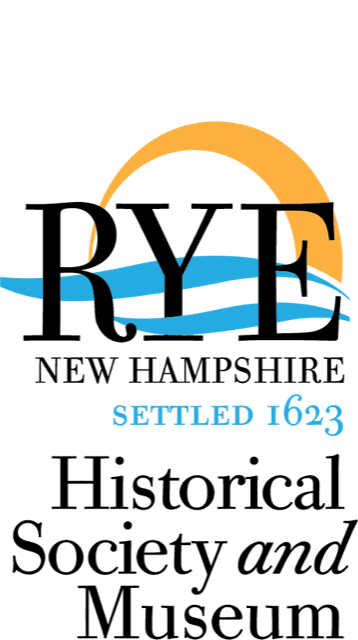Rev. Samuel Parsons, 1707 - 1789
After Rye abruptly dismissed its first minister in 1733, the parish took its time auditioning possible replacements. Not until the summer of 1736 did the call go to Samuel Parsons of Salisbury, a Harvard-educated cleric. Samuel's great-grandfather Joseph Parsons had come from Dorset, England around 1635 to trade furs. Cornet Parsons, as he was known, helped settle the towns of Springfield and Northampton, Massachusetts.
Samuel was ordained on November 3, 1736. Rye's parsonage was unfinished; the steeple on the meetinghouse had yet to be completed. “No one ever called a New England meeting house a church,” John L. Parsons observed in The Churches of Rye. “On Sunday it was always 'going to a meeting' or 'going to preaching,' never going to church.”
On October 5, 1739 Samuel married Mary Adams Jones, a first cousin of Founding Father Sam Adams, and the newlyweds moved into the now-finished parsonage. Samuel's compensation: £140 and 20 cords of firewood. Unlike his predecessor, Samuel is said to have been a paragon of virtue, and he would minister to his parish for over half a century. Sociable enough to join his parishioners for a toddy at Garland's Tavern after Sunday meeting, he was a strict taskmaster who required Rye's children to learn 99 Bible quotations and 115 scripture references. A family tale recalls a time when hay was disappearing from the parsonage barn. Samuel saw George Rand, who had no hay, returning home one night with hay for his cows. Samuel slipped up behind the hay and set it on fire. “I won't steal any more of your hay,” Rand told him the next day. “The Lord sent fire from heaven and burned it up!”
Samuel and Mary had eight children. Their daughter Mary married John Tuck, son of the Rev. John Tucke, Samuel's esteemed counterpart in Gosport on the Isles of Shoals. Their next child, Joseph, served as a captain in the Revolutionary War. Three younger children died in the great sickness of 1752.
In 1754 a severe thunder-and-hail storm almost destroyed Rye. Instead of repairing the meetinghouse, the parish built a new, larger structure on the same spot. Construction, including a full steeple, was completed in 1756. Ten years later the meetinghouse got its first bell. Samuel was still Rye's minister when the men of the town went off to fight for American independence. In 1784, when age and infirmity finally caught up with him, the parish hired an assistant minister, Worthington Porter. After Samuel's death in 1789, Porter served as Rye's third minister.
The Parsons' son Joseph became Rye's first resident physician. His progeny – legislators and justices, physicians and surgeons, military leaders and mariners, educators and merchants – helped shape Rye over the next century and a half. (Joseph's female descendants also contributed, usually without benefit of professional degrees or public office.) For biographical notes on the Parsons of Rye, see the Wikitree branch maintained by Edward Parsons.
Two longtime Parsons homes still stand on Washington Road in Rye Center. Dr, Joseph Parsons' house across from the top of Lang Road remained in the family until the 1970's, when Esther Parsons made it possible for the town to acquire Parsons Field and the Rye Town Forest. The house remains a private residence. Col. Thomas Jefferson Parsons bought the square house at the top of Central Road in 1827 and for 56 years ran a store in the basement. After Col. Parsons' death the house became the home of his son Langdon, author of the History of Rye, NH.
James Locke Macdonald
Parsons Coat of Arms





